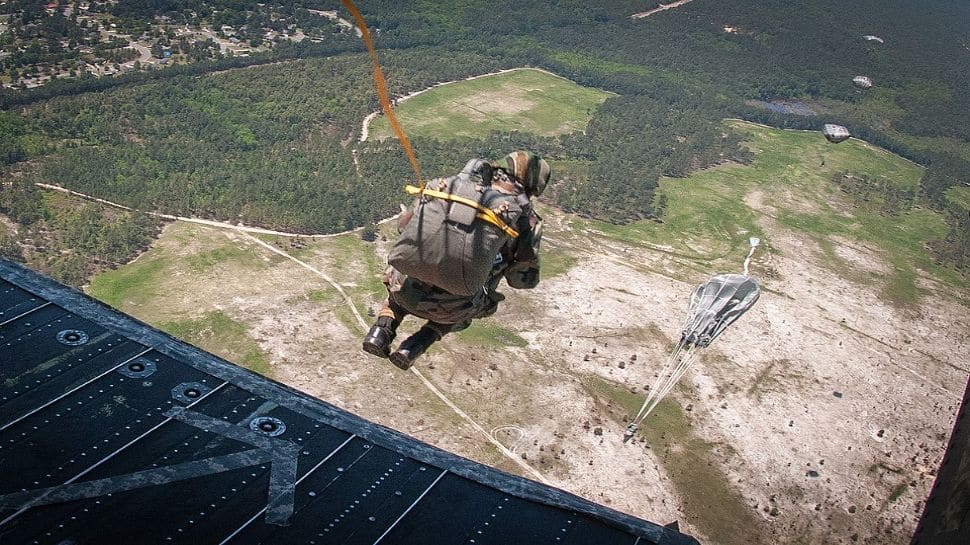Has India Too Built Military Bases Abroad? Here’s Why It’s A Strategic Necessity | India News

New Delhi: As global tensions ripple across continents, military planners are recalibrating old strategies. The recent flare-up between Iran and Israel, followed by U.S. involvement, turned what began as a regional standoff into a broader strategic flashpoint. When Iranian missiles struck near an American airbase in Qatar, it became clear how quickly distant nations can be pulled into conflict. In this fragile global atmosphere, countries are rethinking how and where they project their military presence.
India, too, has been expanding its strategic depth carefully, quietly and with calculated intent.
Overseas bases are more than just launchpads. They serve as forward-operating nodes – places where forces can be stationed, equipment can be stockpiled and operations can be launched without delay. In volatile regions, they offer rapid response capabilities and logistical stability, especially when long-distance support from home soil may be delayed.
For India, a country facing security concerns from two nuclear-armed neighbours, and with increasing maritime responsibilities in the Indo-Pacific, these bases are a growing necessity.
India’s Growing Web of Strategic Outposts
India’s first known military footprint outside its borders was established at Farkhor in southern Tajikistan. Although not a full-fledged base, it remains one of India’s most vital links in Central Asia – close to both Afghanistan and China’s western flank.
In Bhutan, a long-standing defense partnership ensures Indian training teams remain embedded with Bhutanese forces, maintaining influence and defense coordination in the strategically critical Himalayan region.
In the Indian Ocean, India has positioned itself near chokepoints that are vital to global trade. One such post exists in Mauritius, which helps monitor shipping lanes and extends India’s maritime surveillance capabilities across its wider neighborhood.
In Oman, India has access to two key facilities – a listening post at Ras al Hadd and a logistics hub at Duqm, where Indian naval and air assets can dock, refuel and undergo maintenance. These positions are crucial for India’s presence in the Arabian Sea and its reach toward the Gulf.
Further east, India has secured access to Singapore’s Changi Naval Base, situated near the Strait of Malacca – one of the busiest and most strategic maritime routes in the world. By anchoring itself here, India adds another layer to its Indo-Pacific security architecture.
Quiet Moves in a Shifting Landscape
These bases, though limited in number, reflect a broader transformation in India’s defense thinking. As threats become more unpredictable and the traditional idea of territorial warfare blurs, having a dispersed network of friendly outposts ensures that Indian forces are not caught flat-footed.
Each base, whether in Central Asia, the Middle East or the Indian Ocean, forms a part of an invisible ring that supports India’s geopolitical aspirations – not through force projection alone, but by ensuring that when diplomacy fails, distance won’t be New Delhi’s disadvantage.
India’s strategy seems built for endurance – one that avoids noise but does not shy away from preparation. As other powers recalibrate, New Delhi is building its own version of forward resilience.





